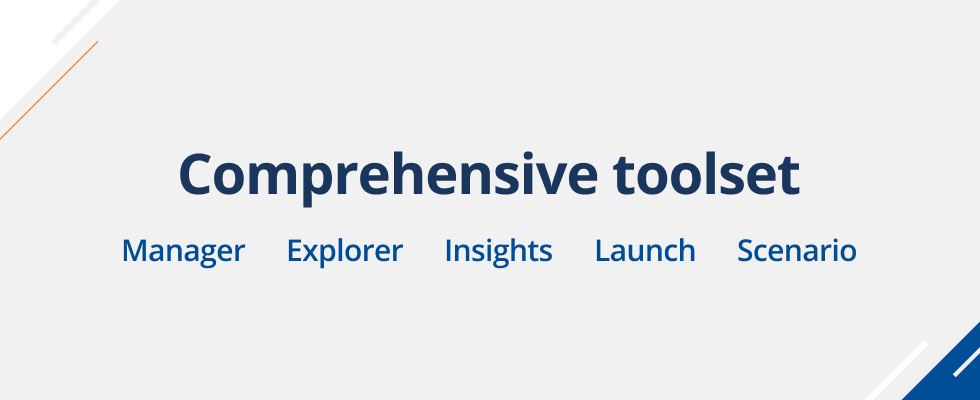
Principles of Agile software testing
To accommodate the pace of Agile development, QA staff must adopt a different approach to testing. The characteristics of Agile software development include:
- Continuous testing. Agile software testing takes place throughout the development lifecycle, rather than at the end of it.
- A team effort. In Agile methodology, testing is no longer the sole responsibility of a testing team. Rather, multiple parties are involved in testing – including developers and business analysts who have the clearest understanding of business requirements.
- Ongoing feedback. As a result of continuous testing, developers receive feedback continuously throughout the development lifecycle. Because the business team is involved in testing for each iteration rather than providing feedback in the user acceptance phase, developers get feedback on requirements far earlier in the process. As a result, they can address defects and performance issues earlier when it is easier and more cost-efficient to fix things.
- Cleaner code. By fixing defects within a single iteration, developers can keep the code base cleaner and simplified.
- Greater collaboration. Agile testers are in constant communication with developers as well as customers as they focus on helping to create the best possible product that meets the customer’s needs.


Methods of Agile software testing
- Behavior driven development (BDD). BDD testing starts by ensuring that developers, testers, and business analysts are all clear on required features. Testers then write scenarios that contain information on how a certain feature should behave in different situations and with various inputs. Automated tests are conducted to determine how the software performs, and developers build software functionality designed to make the scenarios work.
- Acceptance test-driven development (ATDD). ATDD brings together customers, developers, and testers to review the software from the customer’s perspective. ATDD gives developers a clearer understanding of what customers expect, and how the software will be used.
- Exploratory testing. Exploratory testing is typically a manual test without scripts. Testers create tests as they explore the product, and create new tests based on what they have learned from previous tests. Exploratory testing typically reveals bugs and defects not found through other testing methodologies.
- Session-based testing. Because exploratory testing relies heavily on the creativity of testers, results can be somewhat uneven. Session-based testing adds structure to exploratory testing to ensure that all areas of the product are thoroughly tested.
Agile vs. Waterfall testing
Traditional software testing mirrors traditional Waterfall software development. To understand Agile software testing, it’s helpful to compare Waterfall vs. Agile testing processes.
In Waterfall testing, testing takes place once the development phase is complete. For any changes to be made, the project must start again from the beginning. User acceptance tests are performed at the very end of the project. In Agile testing, testing begins at the start of the project. Defects can be fixed along the way. Every iteration has its own tests, and regression tests can be run whenever new code is written or released. User acceptance tests are performed at the end of every sprint, ensuring that customers are highly involved in the development process.
In Waterfall testing, the process is highly structured and involves detailed descriptions of the testing process. Elaborate documentation is required to guide QA staff through their tests. In Agile testing, the process is somewhat unstructured, involves minimal planning, and there is far less documentation required.
In Waterfall testing, testers and developers work separately, and developers are not involved in reviewing requirements and planning the testing process. In Agile testing, testers are in constant communication with developers and they jointly analyze requirements and testing plans.
Benefits of Agile testing
Agile software testing enables development organizations to:
- Produce better software faster. Agile software testing finds defects earlier in the development process, enabling them to be fixed sooner, and producing software that is more error-free.
- Minimize the time and cost of testing
- Use a flexible process that is highly adaptable to changes
- Regularly receive feedback from end users
- Engage testers more effectively. The close collaboration required for Agile software testing inevitably creates a more engaged and productive workplace where testers feel more valued and connected to their colleagues and customers.
- Improve customer satisfaction. Because customers are intimately involved and providing feedback throughout the process, the final product inevitably is more likely to meet and exceed their expectations.
Agile software testing with Tricentis
Tricentis is the industry’s #1 Continuous Testing platform. Offering Agile test management and advanced software test automation tools, Tricentis transforms testing from a roadblock to a catalyst for innovation. Tricentis testing solutions are totally automated, fully codeless, and intelligently driven by AI. With over 1,800 customers around the world, Tricentis is the leader in enterprise test automation.
Part of the Tricentis platform, Tricentis qTest offers a suite of Agile software testing tools designed to improve efficiency and ensure collaboration. qTest accelerates digital transformation with testing solutions that help organizations prioritize quality, increase speed to market, and develop more reliable software.

Tricentis qTest includes a comprehensive suite of tools.
- qTest Manager, a powerful and easy-to-use test management solution, lets organizations test smarter, faster, and at scale.
- qTest Explorer, an exploratory testing recorder and documentation tool, tracks all interactions from the testing session and automatically creates defect documentation. Test sessions can instantly be turned into an automated test script to accelerate test automation.
- qTest Insights provides actionable, real-time test metrics, enterprise dashboard reporting, and reports that help to visualize application health.
- qTest Launch is a tool for scalable test automation strategy and a central location for launching automated tests and tracking results.
qTest Scenario enables enterprise BDD for JIRA that supercharges collaboration and provides source code traceability.
Additionally, the Tricentis platform offers tools for data integrity testing, performance testing, test automation, smart impact analysis, Jira test management, ServiceNow testing, and Salesforce testing.